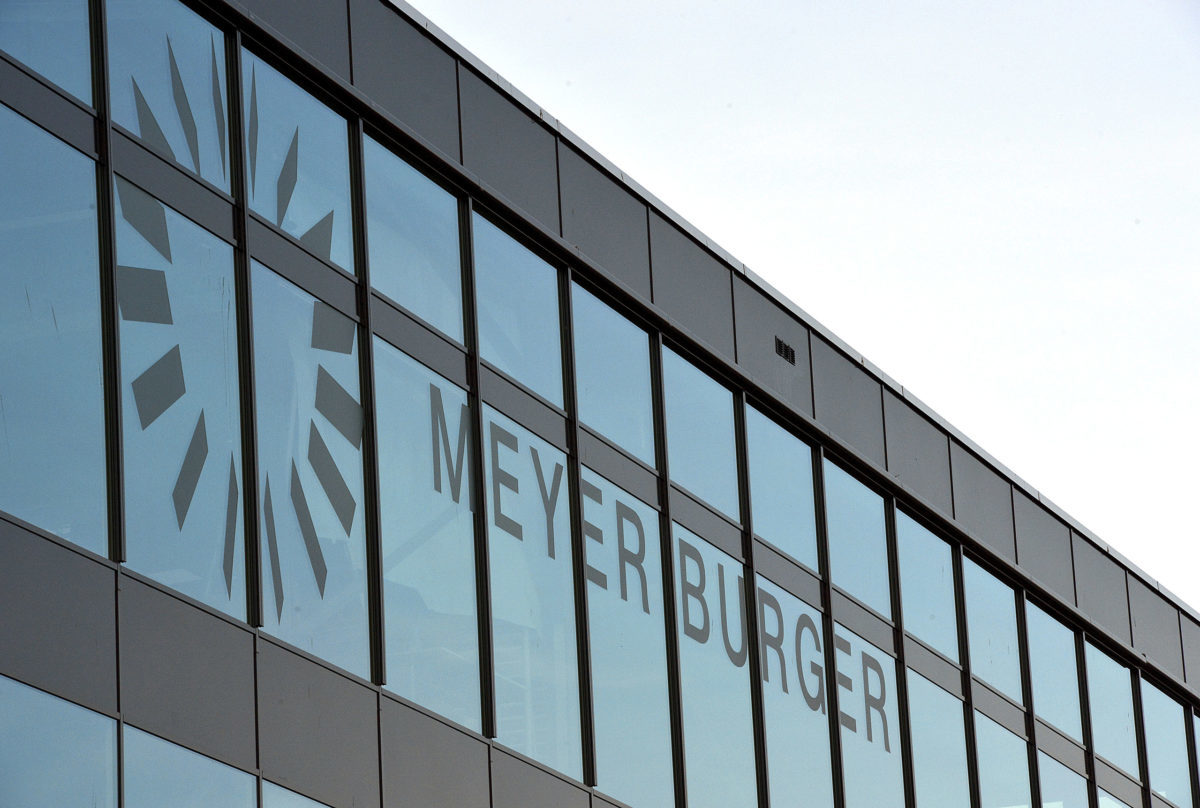Japanese tech giant Panasonic says it will be using Meyer Burger's smartwire connection technology (SWCT) for evaluation in the development of its next-generation heterojunction high-efficiency cells. The SWCT will be delivered to Panasonic's headquarters in Osaka by the end of June.
Panasonic is among the manufacturers and research institutes exploring the potential of higher efficiency heterojunction cells, which also promise improved temperature coefficient characteristics. The Japanese giant's HIT PV modules have a silicon heterojunction structure of a crystalline silicon substrate and amorphous silicon layers. The technology performs the junction formation needed for solar cells by surrounding the crystalline silicon wafer with an amorphous layer. Heterojunction cells' high passivation capability has been known to compensate for defects that occur around the surface of the silicon wafer, such as micro-cracks.
Panasonic has been exploring the possibilities of heterojunction cells since the 1980s and recent advancements in production costs – and a series of world record performance yields – have drawn attention back to the technology. Reportedly, the fact heterojunction cell and module production cannot be performed at temperatures below 180°C – as is common for silicon wafer cells and three-busbar connection technology – has been a significant obstacle to exploiting the technology. Meyer Burger claims its SWCT can be processed into modules at considerably lower temperatures.
Meyer Burger, a Swiss supplier of semiconductors focused on PV technology, introduced smartwire connection technology in 2013. The technique uses a foil-wire electrode with 24 wires to connect solar cells and is said to reduce the use of silver per heterojunction module by more than half, reducing costs and making manufacturers less dependent on the volatile silver market. Meyer Burger adds, its technology provides a very dense wire contact matrix, enabling the increased power extraction necessary for high performance heterojunction cells. Furthermore, the technology reportedly increases the lifetime and robustness of modules, thanks to the improved inner module structure.
Popular content
Due to a finer connection mesh, shading onto the cells can be reduced using SCWT, according to Meyer Burger. In conjunction with higher conductivity, the technology is said to improve silicon wafer cell performance yield by 5%.
On the same day Panasonic endorsed Meyer Burger's tech, the Swiss company announced it had achieved a record 410 watt, 72-cell module, combining heterojunction cell technology and SWCT with an average cell efficiency of 23.4%.
This content is protected by copyright and may not be reused. If you want to cooperate with us and would like to reuse some of our content, please contact: editors@pv-magazine.com.



By submitting this form you agree to pv magazine using your data for the purposes of publishing your comment.
Your personal data will only be disclosed or otherwise transmitted to third parties for the purposes of spam filtering or if this is necessary for technical maintenance of the website. Any other transfer to third parties will not take place unless this is justified on the basis of applicable data protection regulations or if pv magazine is legally obliged to do so.
You may revoke this consent at any time with effect for the future, in which case your personal data will be deleted immediately. Otherwise, your data will be deleted if pv magazine has processed your request or the purpose of data storage is fulfilled.
Further information on data privacy can be found in our Data Protection Policy.